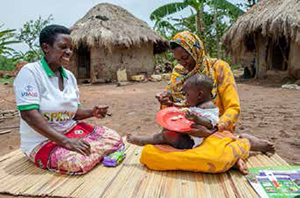Funding Nutrition: Building a Healthier Future in Uganda
The Value of Investing in Nutrition

Nutrition is vital for social and economic improvements in Uganda. Hence, critical actions are needed to strengthen policy and financing to improve nutrition.